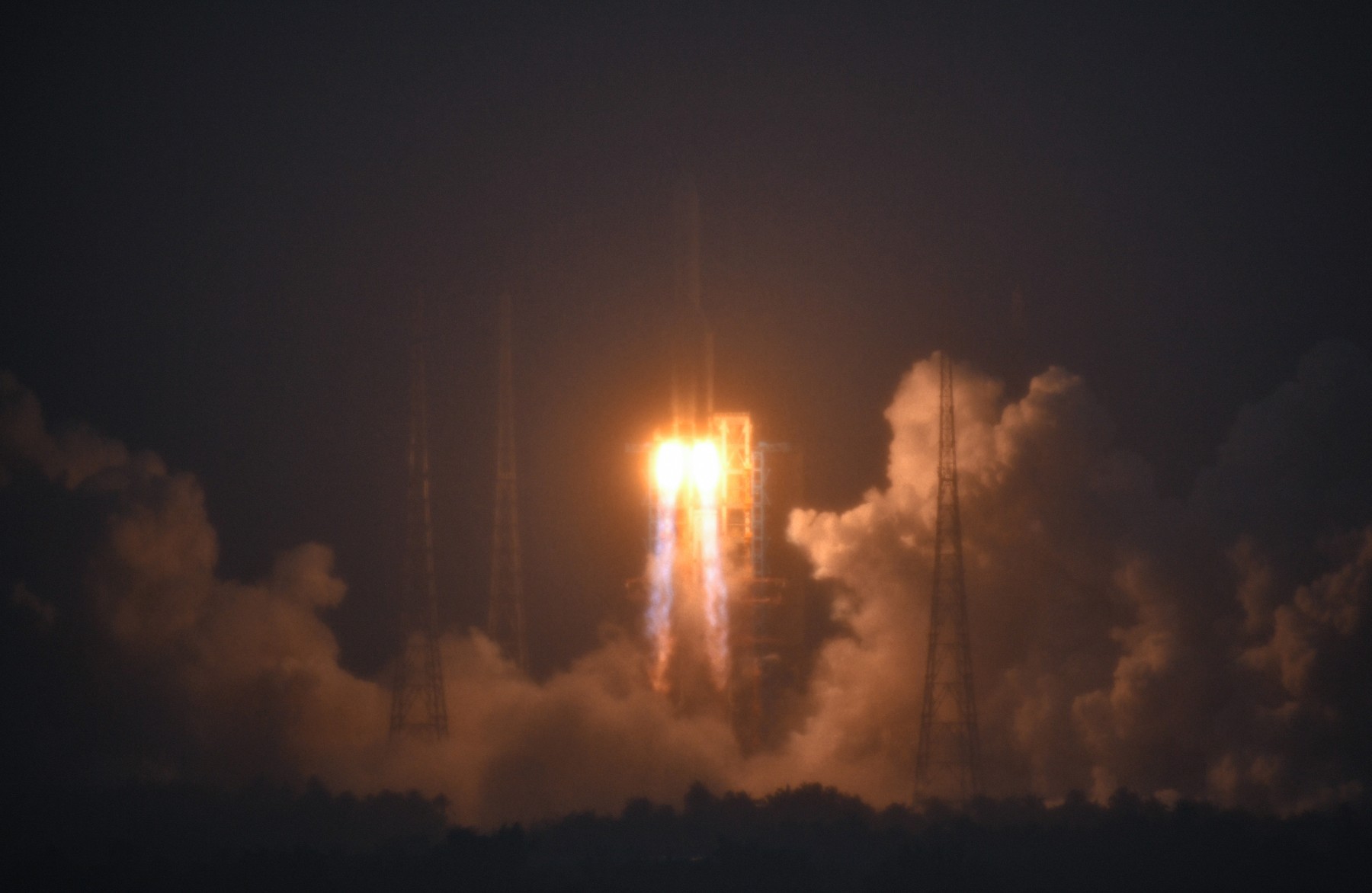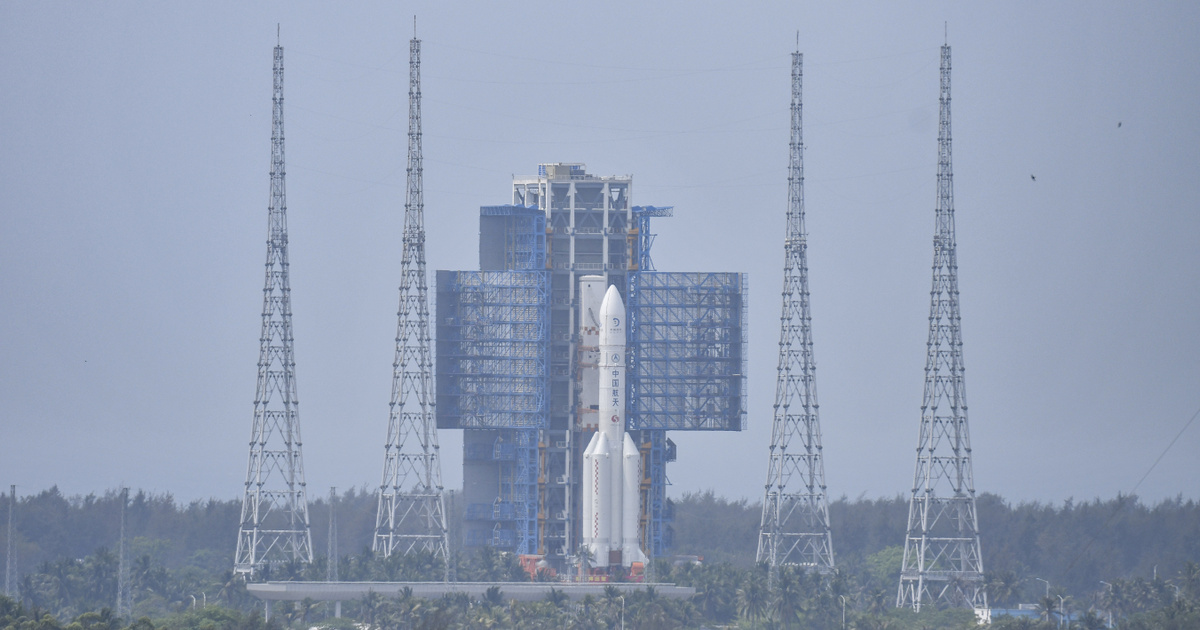After several years of development, NASA and aircraft manufacturer Lockheed Martin introduced their newest jet, the X-59 Quest, at the manufacturer's California facility on Friday. The special feature of the X-59 Quesst is that it can cross the sound barrier with a much smaller sonic boom compared to other jet aircraft, thus disturbing the living environment less during operation.
NASA's latest experimental aircraft, the X-59, has been developed in such a way that it is able to cross the sound barrier with a much smaller sonic boom than before. A sonic boom occurs when aircraft reach speeds beyond the speed of sound (more than 1,060 km/h). On the other hand, the Quest has a much lower sound effect during flight, which is why experts compare its sound to the sound of a car door closing.
According to experts, NASA's new development could revolutionize supersonic flight.
together with @lockheed martinWe have unveiled our new supersonic aircraft, the X-59. The X-59 will fly later this year on the aircraft #a question Task to test quieter vocal spikes.
What we learn could reopen the skies to supersonic commercial air travel: https://t.co/RjK3CGoFWy pic.twitter.com/028hjyUNDU
– NASA (@NASA) January 12, 2024
The X-59, which is still in the experimental phase, is the result of several decades of research, during which radically new manufacturing processes were used, including augmented reality technology, robotic engraving and 3D modeling techniques.
An important innovation of the X-59 was that it had no forward-facing windows. Instead, it is equipped with so-called XVS (External Vision System) technology, which uses an external camera and a display mounted in the cockpit to create a true-to-life image for pilots.
NASA's Jim Frey said at the presentation in California: “The X-59 is special even among other experimental aircraft. Each aircraft that receives the X designation has a special purpose: to test new technologies or aerodynamic concepts with it.
Drum roll please…
Meet the X-59! 🤩
About 100 feet long and designed for supersonic speed, the X-59 will transform supersonic flight and pave the way for a return to commercial supersonic flight over land. ✈️More: https://t.co/6v1WGQfud2 pic.twitter.com/GXHVx7s4M1
— NASA Aeronautics (@NASAaero) January 12, 2024
Once the X-59 is ready for deployment, it will fly over pre-selected populated areas in the United States to collect data on how people react to the milder-than-usual sound effects it produces, Frye added.
Among the advantages of supersonic flight are quicker medical care, shorter transfer times and of course the possibility of faster travel.
However, the joint project between NASA and Lockheed Martin is not the only development aimed at commercial flight without sonic booms. The Boom Supersonic
NASA postponed the landing of its astronauts on the moon until 2026
NASA Administrator Bill Nelson stressed that safety is a top priority.
Featured image: NASA's X-59 silent research aircraft in front of the Lockheed Martin Skunk Works facility in Palmdale, California (Photo: Lockheed Martin Skunk Works)










































